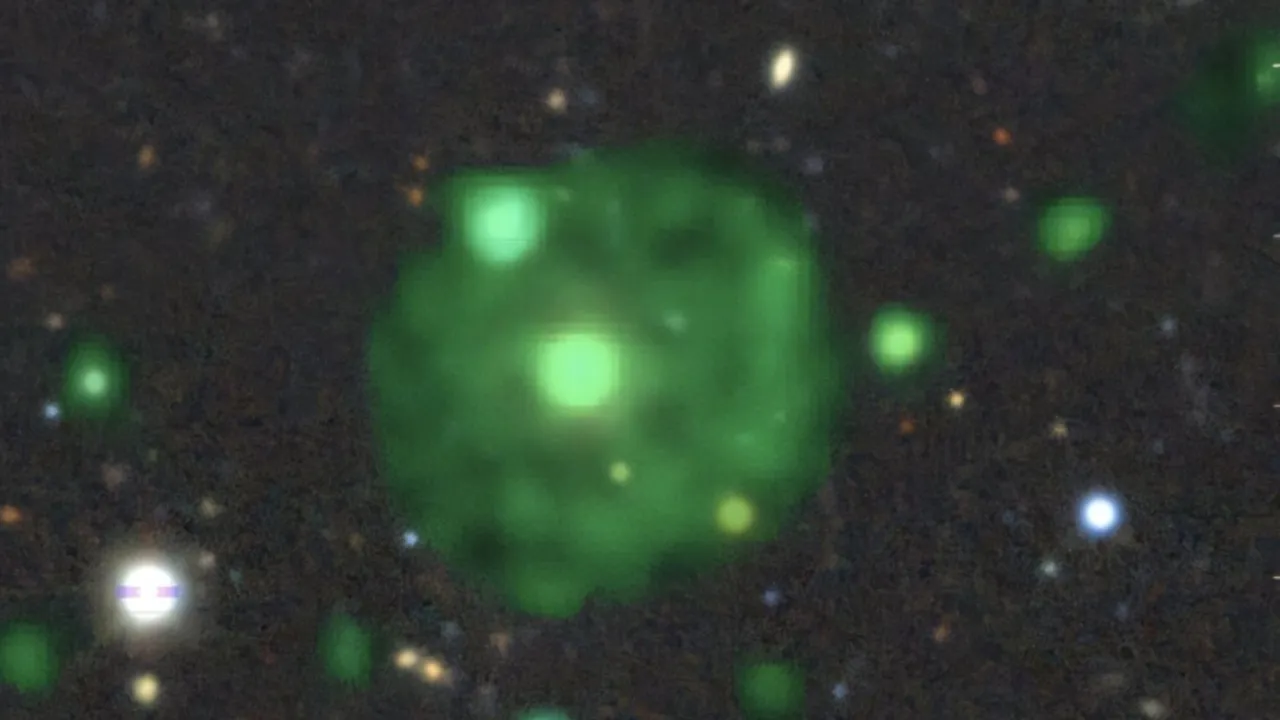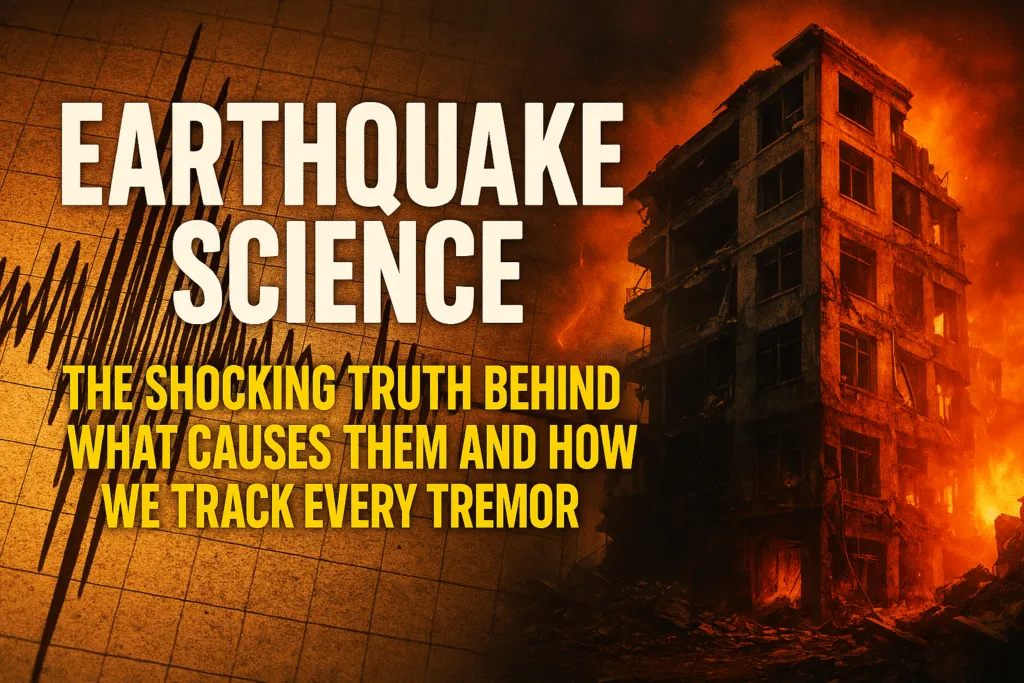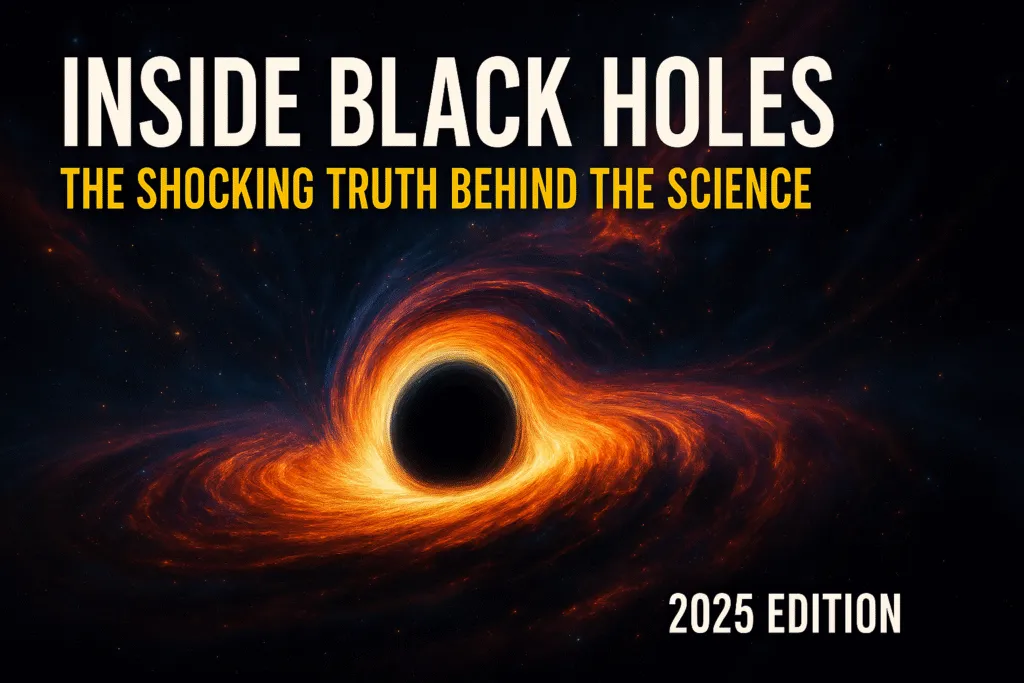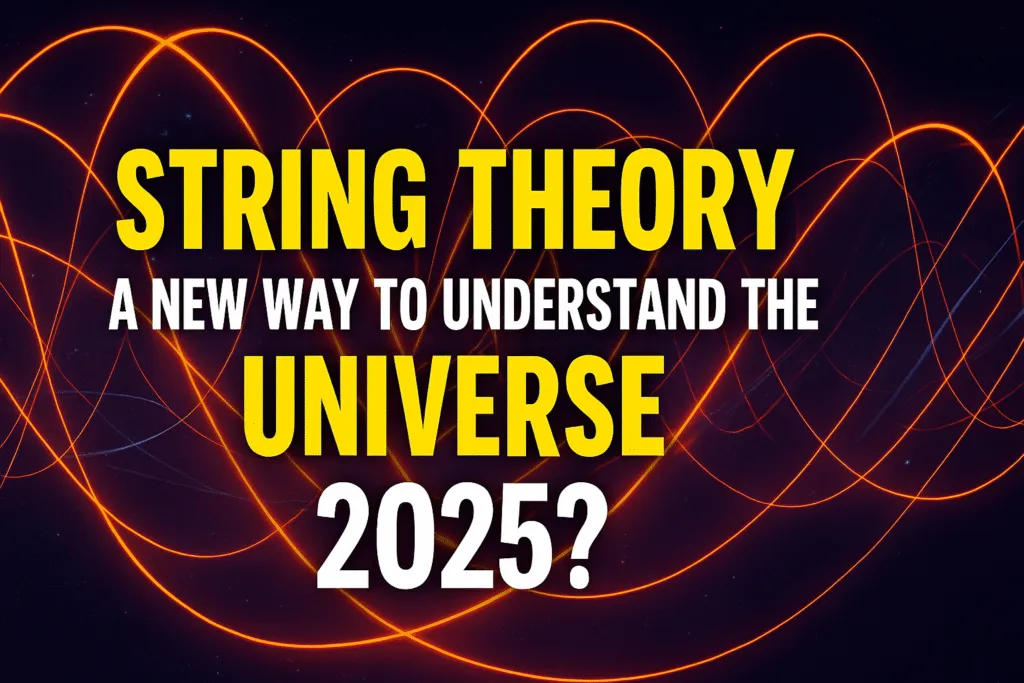Most Powerful Odd Radio Circle Discovered by Indian Scientist
Astronomers have announced a groundbreaking discovery — the most distant and most powerful odd radio circle ever detected. This massive cosmic structure was discovered by a team of Indian scientists from the RAD@home Astronomy Collaboratory and the University of Mumbai. Their finding has captivated the global astronomy community, as it challenges current understanding of how these mysterious radio rings are formed.
What Is an Odd Radio Circle?
An odd radio circle, commonly referred to as an ORC, is a large, ring-shaped object that appears only in radio wavelength images. It typically looks bright along its edges and faint in the center. These structures are invisible in visible light, infrared, or X-ray wavelengths, which makes them particularly difficult to study.
The first odd radio circles were discovered in 2019 using the Australian Square Kilometre Array Pathfinder (ASKAP) telescope. Since then, only a few have been found across the universe. Their exact origin remains a mystery. Some scientists believe they could be the remnants of ancient galactic explosions, shockwaves from supermassive black holes, or collisions between massive galaxies. Each new discovery offers a crucial clue to understanding these rare cosmic formations.
The Discovery by Indian Scientists
The newly found odd radio circle, officially named RAD J131346.9+500320, was discovered by a collaborative effort between RAD@home and researchers at the University of Mumbai. Led by Dr. Ananda Hota, the team analyzed vast radio sky survey data to identify unusual circular structures that could not be explained by common astronomical phenomena.
What makes this discovery remarkable is that it was not detected by expensive telescopes alone. It was spotted through a citizen science approach, where volunteers from across India examined radio sky images and flagged potential ORC-like patterns. The team later confirmed the object’s authenticity using professional radio astronomy data. This showcases how citizen scientists and professionals can work together to achieve world-class scientific breakthroughs.
Why This Odd Radio Circle Stands Out
This particular ORC has set several new records in the field of radio astronomy.
Firstly, it is the most distant ORC ever recorded. Data analysis indicates that it lies nearly nine billion light-years away, meaning we are observing it as it appeared when the universe was less than half its current age.
Secondly, it is also the most powerful ORC known so far. Its radio emissions are exceptionally bright and extend across a region far larger than most previously discovered ORCs. This extraordinary scale and energy output suggest that the cosmic event that created it was far more powerful than typical galactic explosions.
Finally, this ORC displays two distinct, overlapping rings rather than one — a feature rarely seen before. Only one other known ORC, discovered earlier, exhibits a similar double-ring pattern. This unique structure could provide valuable clues about how ORCs form and evolve over time.
How Scientists Found It
The discovery was made using advanced radio sky surveys such as the LOFAR Two-Metre Sky Survey (LoTSS). By examining radio data across multiple frequencies, researchers could identify the object’s shape, brightness, and spectral behavior. Follow-up analysis helped confirm that the circular formation was real and not an imaging artifact.
The use of citizen science played a central role. RAD@home volunteers used online tools to inspect radio maps and share findings with the professional team for verification. Once the ORC was confirmed, further data analysis revealed its energy distribution, distance, and potential host galaxy.
Theories About the Origin of Odd Radio Circles
Even with this new discovery, scientists are still trying to understand what causes odd radio circles to form. Several leading theories exist:
One explanation suggests that ORCs are enormous shockwaves created by energetic events in the centers of galaxies — such as bursts of activity from supermassive black holes. These shockwaves expand outward over millions of years, leaving behind giant rings of radio emission.
Another theory proposes that they could be remnants of powerful jets emitted by active galactic nuclei in the distant past. When these jets collide with intergalactic gas, they could create circular shells visible only in radio wavelengths.
Some researchers also think ORCs might be related to collisions between galaxy clusters, where massive amounts of energy are released into space. The double-ring structure of the new ORC discovered by Indian scientists could support this idea, suggesting that multiple waves or collisions occurred over time.
Significance of India’s Contribution
India’s role in this discovery is highly significant. The finding demonstrates that Indian astronomers and citizen scientists are making valuable contributions to global astrophysics using innovative, low-cost methods.
The RAD@home network, led by Dr. Hota, has become a model for collaborative research. It enables astronomy enthusiasts, students, and researchers from across India to work together on real scientific projects. The discovery of the most powerful odd radio circle proves that groundbreaking discoveries don’t always require billion-dollar observatories — they can also come from collective curiosity and dedication.
This achievement also brings recognition to India’s growing capabilities in radio astronomy. With upcoming projects like the Square Kilometre Array (SKA) and upgraded facilities such as the Giant Metrewave Radio Telescope (GMRT) near Pune, India is well-positioned to play a leading role in future cosmic discoveries.
What Happens Next
The discovery of this powerful ORC opens up several new research opportunities. Scientists are now planning detailed follow-up observations using radio, optical, and X-ray telescopes to understand the object’s origin.
Future studies will aim to:
- Measure the ORC’s exact distance using spectroscopic methods
- Identify its host galaxy and check for signs of past black hole activity
- Analyze the surrounding environment to see if it belongs to a galaxy cluster
- Simulate the possible physical processes that could produce such double-ring structures
These investigations will help researchers refine existing models and possibly uncover new mechanisms that explain how odd radio circles are formed.
Conclusion: A Step Toward Solving a Cosmic Puzzle
The discovery of the most powerful odd radio circle by Indian scientists marks a major milestone in the study of cosmic radio phenomena. Its immense distance, unusual double-ring structure, and extraordinary energy output have expanded our understanding of what these mysterious objects can be.
This finding underscores the power of collaborative science and shows how dedicated researchers and volunteers can uncover some of the universe’s deepest secrets. As astronomers continue to study this ORC and others like it, we move closer to solving one of the biggest mysteries of modern astrophysics — the true origin of the enigmatic odd radio circles.
Also Read: India’s Own Chat App Arattai Hits 3.5 Lakh Signups!













